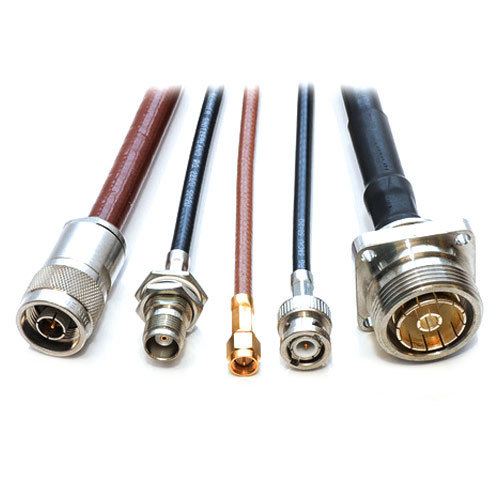When it comes to speaker cables and coaxial speaker wires, there is a lot of misinformation out there. Most people don’t know the difference between a shielded and unshielded cable, and how much length they need for their speakers. Learn more in this article about coaxial speaker cables!
What is Coaxial Speaker Cable?
Coaxial speaker cable are composed of two or more insulated wires running parallel to each other. The most common type of coaxial cable is the RG-6, which is composed of an inner conductor surrounded by an insulating dielectric material, with a braided shield and an outer jacket.
Coaxial cable is used in a variety of applications, including computer networking, video and audio signals, and consumer electronics. It is also commonly used as a transmission line for radio frequency (RF) signals.
There are several advantages to using coaxial cable over other types of wire. Coaxial cable has a very low impedance, which means that it minimizes signal loss over long distances. It also has good shielding properties, which helps to reduce interference from external sources.
If you’re looking for high-quality sound reproduction, then coaxial speaker cables are a great option. They offer superior performance to other types of wire and can be used in a wide range of applications.
How Does Speaker Cable Work?
The Speaker cable is made up of two or more insulated wires. These wires are usually made of copper or another conductor, and they are twisted together to form the cable. The number of wires in the cable depends on the type of speaker system you have. For example, a stereo system will have two sets of speaker cables, each with two insulated wires.
The purpose of the speaker cable is to carry the audio signal from the amplifier to the speakers. The audio signal is an alternating current (AC) that fluctuates at different frequencies. The frequency of the AC signal corresponds to the pitch of the sound that it produces. The amplitude of the AC signal corresponds to the volume of the sound.
The speaker cable must be able to carry this AC signal without losing any of its fidelity. In other words, the speaker cable must be able to maintain a constant impedance over a wide range of frequencies. If the impedance is not constant, then some of the audio signals will be lost and the sound quality will suffer.
Most speaker cables are made with copper wire because it has a low resistance and can carry a large amount of current without overheating. The insulation around the wire is important because it prevents interference from other electrical devices and protects against short circuits.
Types of Speaker Cables
There are three main types of speaker cables: coaxial, balanced, and unbalanced. Coaxial cables are the most common type of speaker cable. They are made up of two inner conductors (positive and negative) surrounded by an insulator. The signal is carried through the center conductor and returned through the shield.
Balanced speaker cables have three conductors: two for the signal (positive and negative) and one ground. The signal is carried on the two outer conductors and returns to the ground conductor. Balanced cables are less susceptible to interference than unbalanced cables.
Unbalanced speaker cables have two conductors: one for the signal (positive or negative) and one ground. The signal is carried on the outer conductor and returns to the ground conductor. Unbalanced cables are more susceptible to interference than balanced cables.
Problems with Speaker Cables
There are two main types of speaker cables: coaxial and twisted pair. Coaxial speaker cables are made of a single copper wire surrounded by insulation and a metal shield. Twisted pair speaker cables are made of two copper wires that are twisted together.
Coaxial speaker cables are more expensive than twisted pair speaker cables, but they offer better performance. They have lower resistance and better conductivity than twisted-pair speaker cables. However, coaxial speaker cables can be more difficult to install because they require special connectors.
Twisted pair speaker cables are less expensive than coaxial speaker cables, but they don’t offer as good performance. They have higher resistance and poorer conductivity than coaxial speaker cables. However, twisted pair speaker cables are easier to install because they don’t require special connectors.
Conclusion
If you’re looking for a top-quality speaker cable, coaxial is the way to go. It offers superior sound quality and durability compared to other types of speaker cables, making it a great investment for any audio enthusiast. While it may cost more upfront, you’ll be glad you made the investment when you hear the difference in your audio system’s performance.








Leave a Comment
You must be logged in to post a comment.